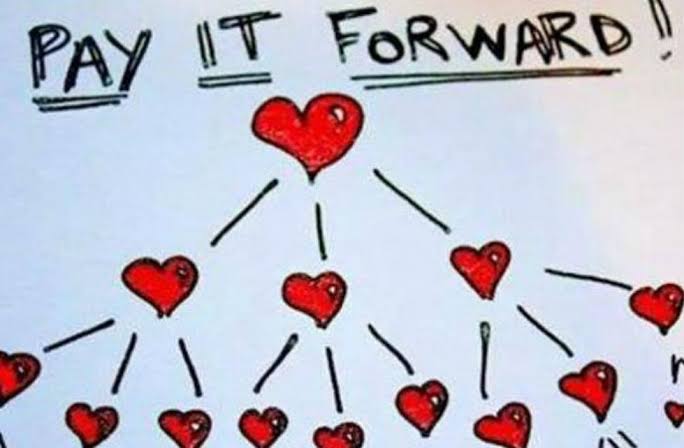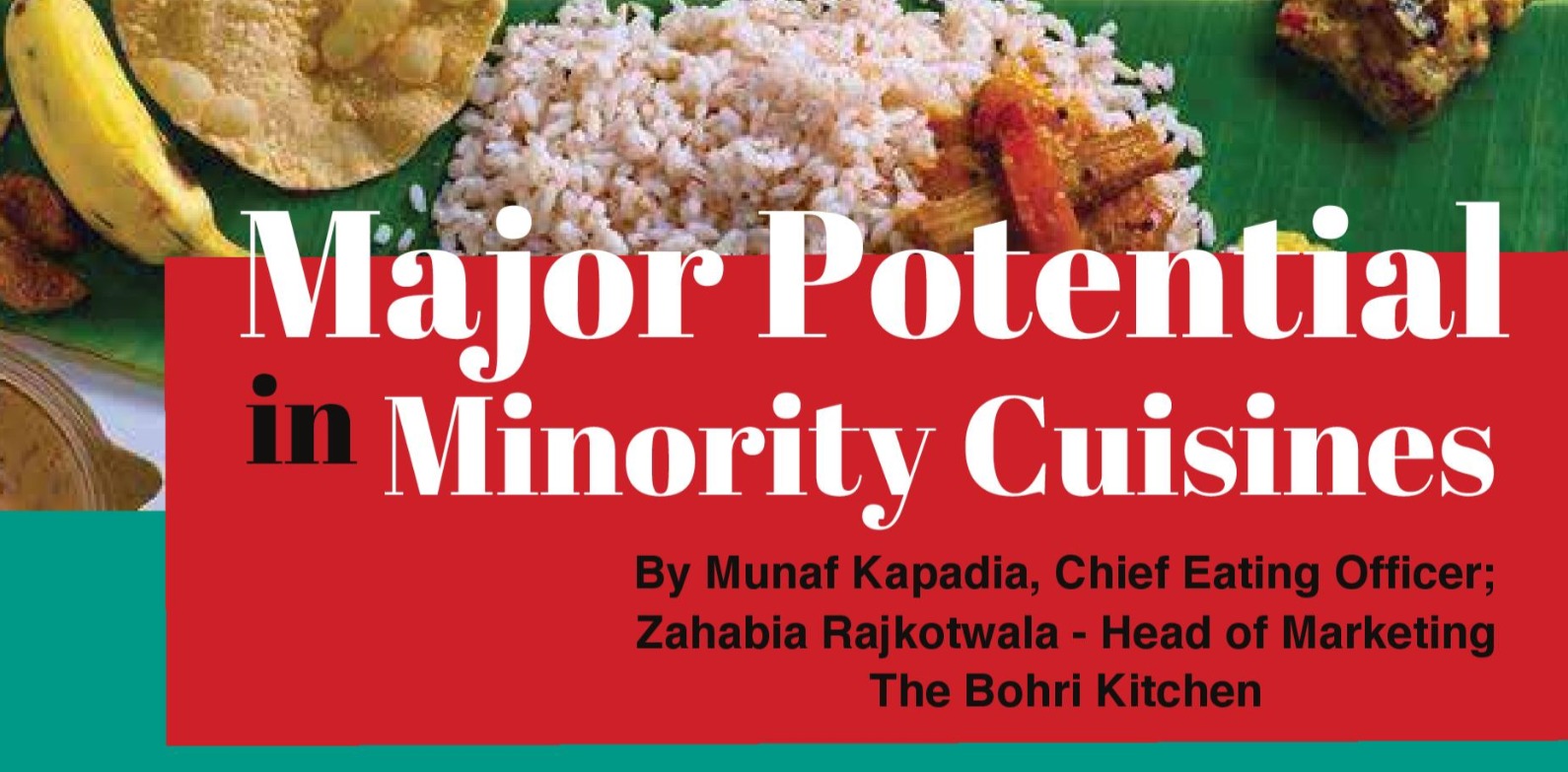SKUs and not Brands
Ni Hao! So I just flew back after attending the Future of Food Conference in Hong Kong. Met some amazing people, which as always, led to super conversation and predictably has led to a lot of ideas and even more questions.
So is it just me or do you guys also agree that food delivery allows for tremendous incremental innovation? Now that the basics of going on an app, scanning through brands and the logistics behind getting it home are covered — its time to unleash its true potential beyond that.
Shortening the Conversion Funnel
Think how Facebook works. When you open the app, FB leverages the intelligence it has on you basis past behaviour to throw information at you, you are most likely to consume. FB does not display a listicle of people or brands for you to click on and navigate content within, instead It lists the actual articles/ posts.
Another Analogy — take a news app. When you login for the first time, it will ask you what your interests are and start throwing articles at you basis that. Eventually it will understand what your micro-interests are and throw more and more relevant information your way. But its always something you can consume with a click. It’s the ‘virtual’ end product (VEP).
A VEP can be the article, a fb post or an e-commerce product SKU. It’s basically the final most stage that a digital product can get too before online or offline consumption.
(1) Content Apps
FB, News Apps, NetFlix etc. these are all content apps. For them their VEP is ultimately their content. These providers use the user information they have on us and take advantage of the complete lack of physical product to shrink the user funnel to almost no steps, maximising conversion rates. It’s more Proactive than Reactive.
A user logs into FB or NetFlix being very open to recommendations from the App on what to consume.
User Logs in → Maybe a little bit of discovery → Consumes the ‘virtual’ end product.
(2) E-Commerce
Amazon, E-Bay, Flipkart, Myntra these are all E-Commerce apps. They represent a myriad number of physical products that will be shipped to us. Again, these providers use their user information to throw what they think will be the most relevant product we might be interested in. But it’s safe to say, that unlike content apps, out here its more Reactive, rather than Proactive. Most of their conversions are on account of users who are looking for something specific. A User who wants to buy jeans or a phone. I’m sure 15–20% must be influenced by Push or Proactive marketing (push notifications, emails, ads) but 80%+ would be users who come looking for something specific.
80% Users,
User Logs in → Searches within a product category (Jeans / Phones) → Filters basis brand, prices etc. → Adds product(s) to cart
(3) Food Aggregator App
Now finally coming to the protagonist of this article. How is the user experience on a food aggregator app?I’m guessing 50% of Users know what they want (at least the product category) and 50% are looking for suggestions. so its 50% users you need to be Reactive with and 50% you need to be Proactive with.
For Users who dont know what they want / requires proactiveness
User Logs in → Is shown product categories or a listicle of brands to chose from basis past customer
behaviour → Eventually goes into a brand, identifies a product and adds to cart.
For Users who know they want to eat biryani / requires reactiveness,
User Logs in → Types Biryani → Choses Brand and end product, adds to cart
Hence in conclusion, if we were to rank these 3, by how easily or quickly their target user gets to the final product (VEP), i think it would be as follows — #1 Content App, #2 Non Food E-Commerce App, #3 Food Aggregator.
Food Aggregator should be at #2
My hypothesis is that the current Food purchase funnel can be more efficient by taking advantage of its inherent ecosystem strengths.
Food has been given almost the same treatment as a pair of jeans. Maybe the aggregators have gone ahead and assumed that since both are physical e-commerce products they should be given the same treatment.
Even within E-Commerce, its inferior to Amazon/Flipkart, as in the case of food you are not able to chose multiple brands in the same session. (you cant order for a biryani from The Bohri Kitchen and a milkshake from Keventers in the same cart) — yet you are able to order for them individually, in two separate sessions.
One might argue that a Content App such as Facebook manages to get away with such a short funnel because,
(1) they have tremendous insight into what content the user is interested in consuming, making it easier to be proactive
(2) the user of a content app is inherently looking for suggestionsWhereas on E-comm, the user mostly knows what he wants and is looking for a Reactive experience.
The Food E-commerce funnel can be a lot more like a Content App
Because of the following similarities,
(1) Proactivity ≥ Reactivity : At least 50% if not more users of Food Aggregators are open to proactive recommendations and dont come with clarity of demand
(2) Immediate Consumption : Very much like the content app user, here the user is looking for immediate consumption (within 30–45 mins)
(3) Easier to be ProactiveFor Amazon / Flipkarts of the world its too difficult to predict whether the user wants to buy a book or a piece of clothing. Whereas for Food Aggregators, you have to answer a very specific question — What does the user want to eat for lunch?
To answer this question, food aggregators have access to a lot of signals. They know if the user is veg or non veg, healthy or indulgent, has a sweet tooth? They know what other users with the same profile are most likely to order etc. They understand his or her taste profiles and can come close to answering questions such as “What is this user most likely to want during lunch on a weekday”.
I’m sure they are able to bucket user profiles into pre-defined categories on the lines of what Google or Facebook does, to help GDN advertisers target specific user profiles. Where Google creates generic profiles such as “Interested in English Movies”, a Food Aggregator can create a highly specific profile such as “Non Veg, North Indian, Wraps” — so they can actually push butter chicken wraps from various brands. And in case they pick up a signal that the user is trying to be healthy, push butter chicken wraps with whole wheat roti!
Which throws up a beautiful opportunity — Todays Food Aggregator Funnel is at Rank 3, after E-commerce, but it has the potential to be at Rank 2, here are some thoughts on what might help with that,
(1) SKU instead of Brand
It all starts with this. You need to take the VEP / the Dish SKU to consumers first, just like Content Apps throw the article at you first.
User Logs in → Chose Medium Butter Chicken wrap by Goila Butter Chicken
(2) Multi Brand Carts
The minute you show multi-brand SKUs in the first screen itself, you need to be able to let the user simply add things to the same cart (just like regular e-commerce)
User Logs in → Chose Medium Butter Chicken Wrap by GBC, Caramel Custard by The Bohri Kitchen
I would assume the following challenges — food is being made in different kitchens — and despite the growth of multi-brand cloud kitchens, this will always remain a challenge. But Jeans are stored in different warehouses as well — Yet we are able to order for them separately, paying different delivery charges and even setting different expectations for date of arrival. The similar thing needs to be done here.
Aggregators need to be able to display separate expectations / charges per brand within the same session, thus unlocking this tremendous potential for ultimately telling a User who logs in during lunch what he should be eating (my next post)
In Conclusion
We always hear about the challenges with Food Delivery vs the Restaurant eco-system. Logistics, Commissions, Shelf Life, Packaging etc. But I really think if we unlock the real potential of this space you might actually be able to make the food delivery experience neither inferior nor superior, but different to eating out at a Restaurant.
A Restaurant gives you an ambience and quality of service you cant compete with via delivery. But delivery should be able to give you a lot more than just the option to send food to your doorstep, it should be able to help you decide on what to eat and the ability to eat from multiple places at the same time.




